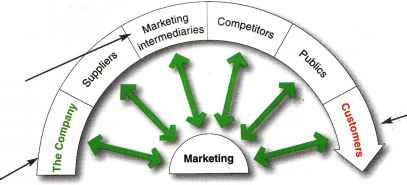Figure 3.1 Actors In The Microenvironment
Discuss bow companies cars react to the marketing environment.
V 7 77-7;'7;. :v":-V';;.;" .VvY i'U \ "-.S---
Marketing environment
The actors and forces outside marketing that affect marketing management's ability to build and maintain successful relationships with target customers.
Microenvironment
The actors close to the company that affect its ability to serve its customers— the company, suppliers, marketing intermediaries, customer markets, competitors, and publics.
Macroenvironment
The larger societal forces that affect the microenvironment—demographic, economic, natural, technological, political, and cultural forces.
Author I The microenvironment Comment | includes all of the actors close to the company that affect, positively or negatively, its ability to create value for and relationships with its customers.
A company's marketing environment consists of the actors and forces outside marketing that affect marketing management's ability to build and maintain successful relationships with target customers. Like Xerox, companies constantly watch and adapt to the changing environment.
More than any other group in company, marketers must be the environmental trend trackers and opportunity seekers. Although every manager in an organization needs to observe the outside environment, marketers have two special aptitudes. They have disciplined methods—marketing research and marketing intelligence—for collecting information about the marketing environment. They also spend more time in customer and competitor environments. By carefully studying the environment, marketers can adapt their strategies to meet new marketplace challenges and opportunities.
The marketing environment is made up of a microenvironment and a macroenvironment. The microenvironment consists of the actors close to the company that affect its ability to serve its customers—the company, suppliers, marketing intermediaries, customer markets, competitors, and publics. The macroenvironment consists of the larger societal forces that affect the microenvironment—demographic, economic, natural, technological, political; and cultural forces. We look first at the company's microenvironment.
The Company's Microenvironment <PP9o-93>
Marketing management's job is to build relationships with customers by creating customer value and satisfaction. However, marketing managers cannot do this alone. # Figure 3.1 shows the major actors in the marketer's microenvironment. Marketing success will require building relationships with other company departments, suppliers, marketing
In creating value for customers,' marketers must partner with other firms in the company's value delivery network. For example, Lexus can't create a high-quality ownership experience tor its customers unless its suppliers provide quality parts and its dealers provide high sales and service quality.

f \ Customers are the most important actors in the company's microenvironment. The aim oi the entire value delivery system is to serve target customers and create stronq relationships with them,
Continue reading here: Marketing Intermediaries
Was this article helpful?
Readers' Questions
-
feaven1 year ago
- Reply
-
pervinca1 year ago
- Reply
-
Tyler1 year ago
- Reply
-
mebrat1 year ago
- Reply
-
sandra1 year ago
- Reply
-
rian1 year ago
- Reply
-
Addolorata1 year ago
- Reply
-
ida lankila1 year ago
- Reply
-
Barbara1 year ago
- Reply
-
auli1 year ago
- Reply
-
Yerusalem1 year ago
- Reply
-
edgardo1 year ago
- Reply
-
david1 year ago
- Reply
-
Heikki1 year ago
- Reply
-
yonatan1 year ago
- Reply
-
Furuta1 year ago
- Reply
-
Leah1 year ago
- Reply
-
Michelle1 year ago
- Reply
-
Jani Fr1 year ago
- Reply
-
Polo1 year ago
- Reply
-
Fesahaye1 year ago
- Reply
-
DEMET1 year ago
- Reply